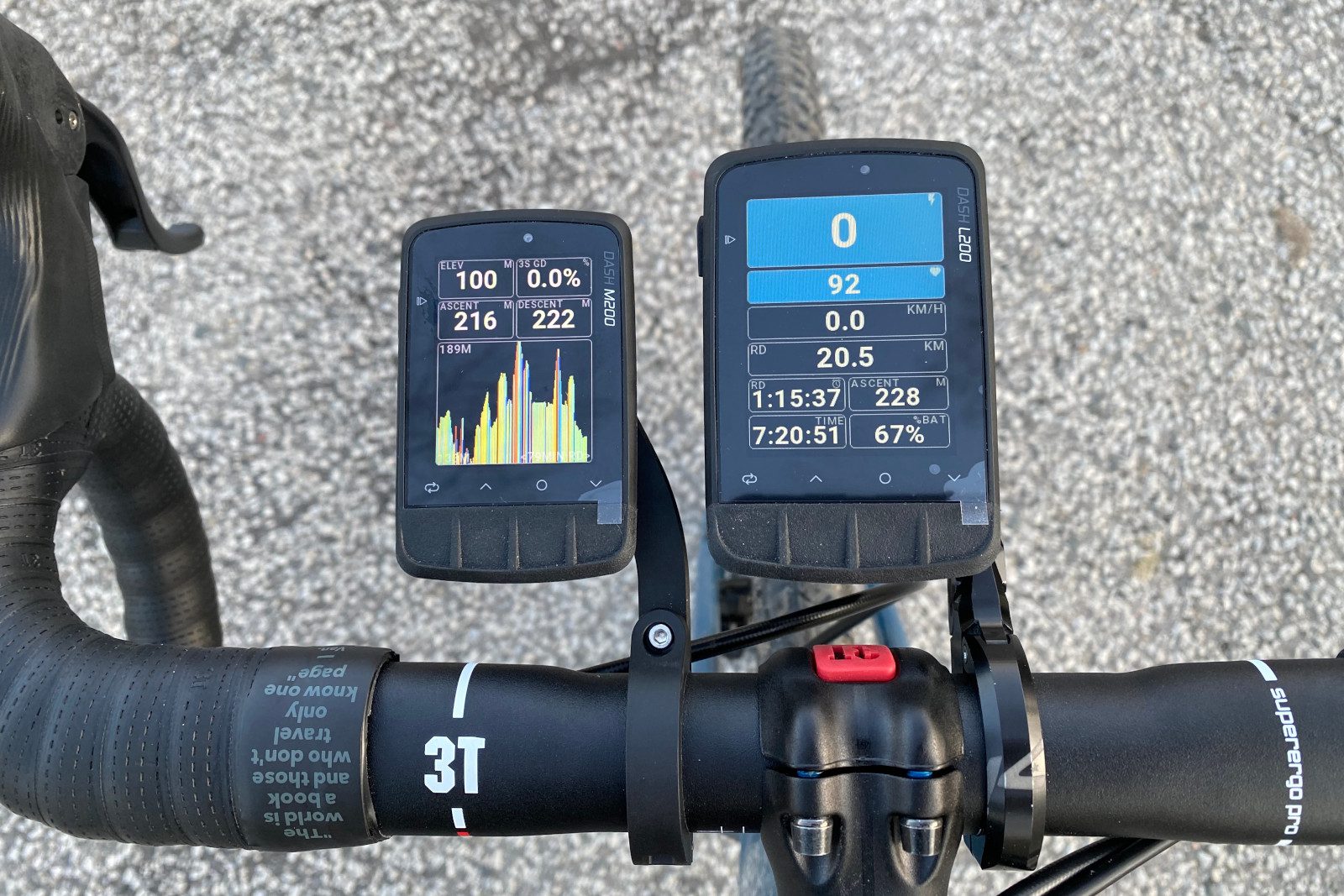Giant Dash L200 and the Giant Dash M200 cycling computers: first look and impressions
New head units designed with Stages have top-notch data display
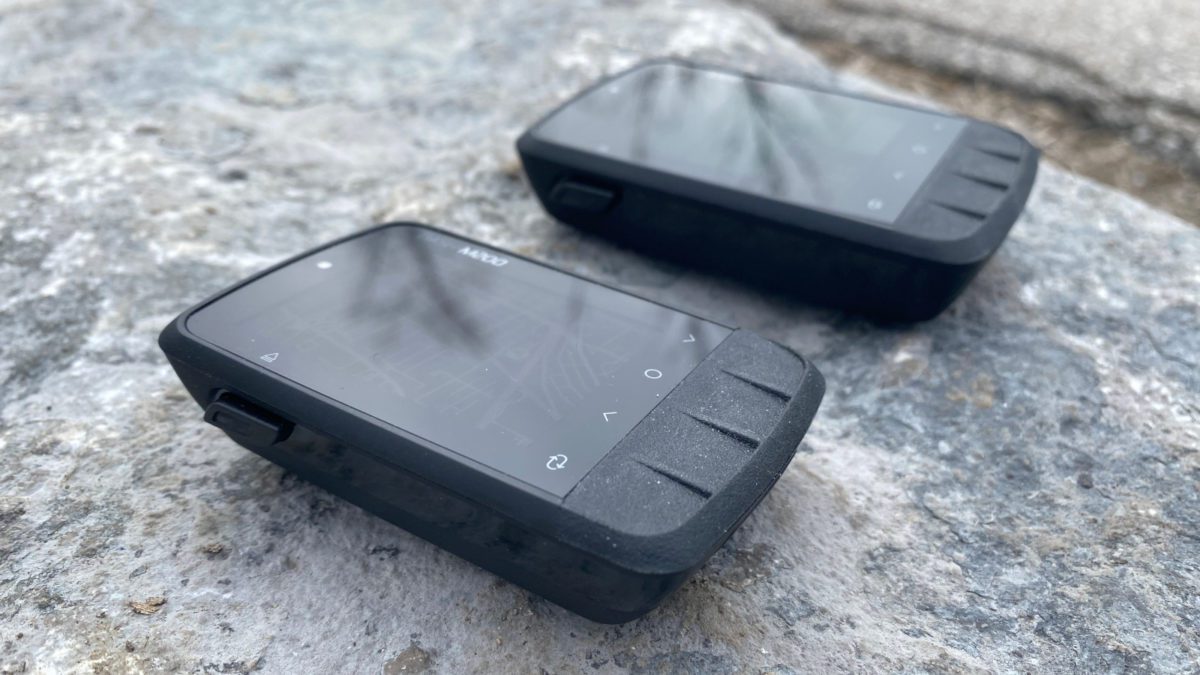
Giant, a maker of bikes and just about everything else that goes with them, has released two new bike computers: the Giant Dash L200 and the Giant Dash M200. You’ve likely seen the Dash name already over at Stages with that company’s Dash L10 and M10. The L200 and M200 are available in both Giant and Stages branding. The new L200 and M200 are virtually identical: size is the only difference. The L200 has a 2.7” screen (40 mm x 55 mm) and weighs roughly 105 g. The M200 has a 2.2” screen (35 mm x 45 mm) and weighs about 77 g. For comparison, the Garmin Edge 530 screen is 2.6” (40 mm x 53 mm). The Wahoo Elemnt Roam is 2.7″ (35 mm x 57 mm). It’s practically the same size as the L200.
Main features of the Giant Dash L200 and the Giant Dash M200
The two computers have bight, colourful displays. They show your ride metrics (speed, cadence, power, distance), as well as training data, such as TrainingPeak’s training stress score, intensity factor and normalized power. You can upload workouts and routes to the head units to help you navigate. Each has 16 GB of memory. Battery life is said to be 10 hours if you’re running maps and one sensor. The life grows to 18 hours on reduced power mode. I found the power to be quite good. I ran a power meter, heart rate monitor and didn’t use any of the power-saving features on a two-hour ride. It was cold. The batteries used about 20 per cent of their juice. Giant says the L200 charges in less than three and a half hours, and the M200 in less than two and a half hours. I found their charging speed to be a bit slow. Definitely ensure these units are topped up well before you head out on your ride.
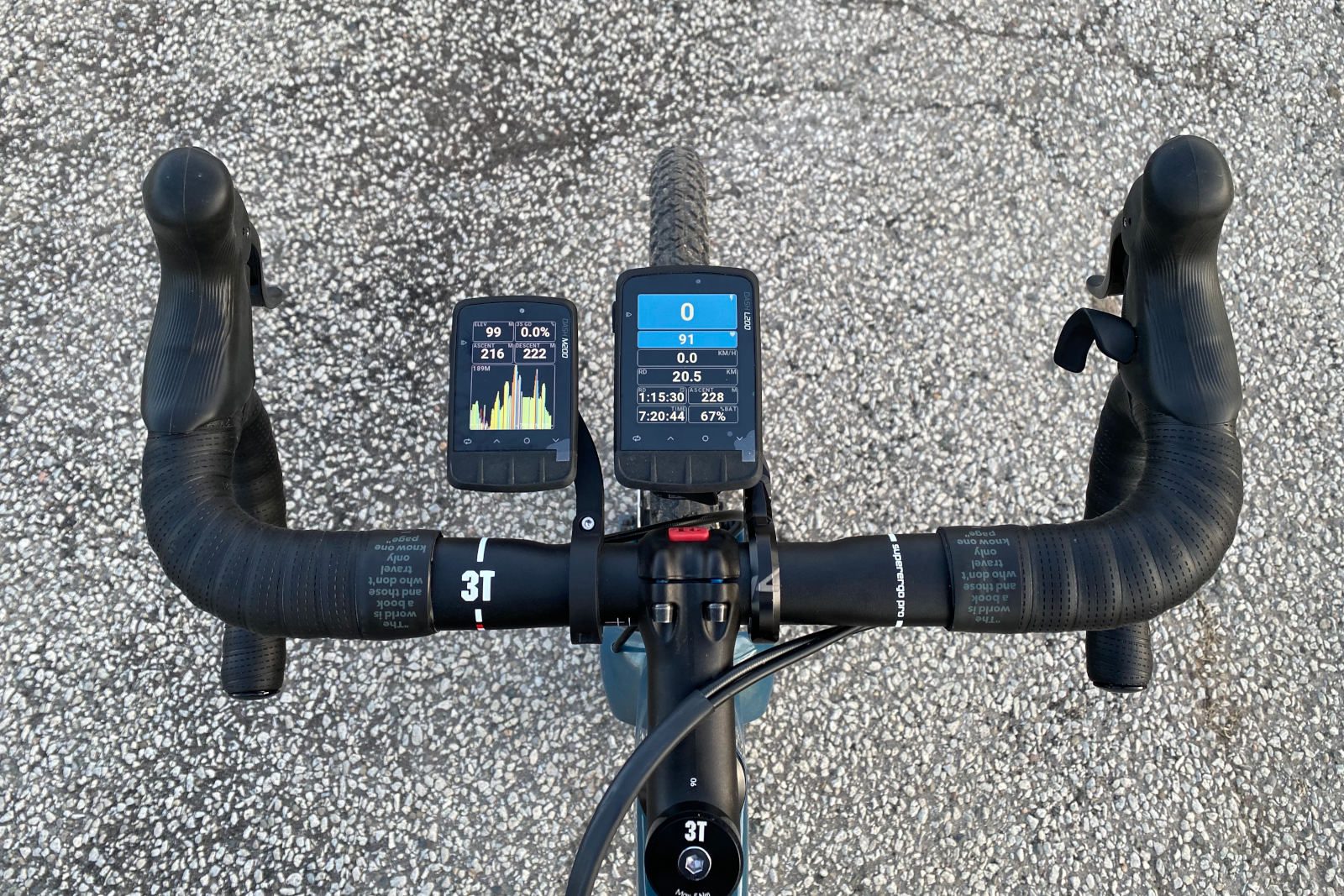
Getting started with the Giant Dash L200 and the Giant Dash M200
Setting up the Dash is quick. You can streamline the process a bit by getting the Stages Cycling app first, and punching in your details there. Entering in your Wifi password is a pain with the Dash’s navigation. There’s not much you can really do there surfing letters, numbers and characters with four buttons.
As with Wahoo’s Elemnts, a lot of configuring of the Dashes happens through the app. I feel this keeps many of the on-computer functions close to the surface: with the Dashes, you don’t have to drill down very far to find what you are looking for. With any new device, it always takes some time to get oriented with the interface. With the L200 and M200, that process isn’t very long.
Pushing buttons and mounting head units
The Dash L200 and M200 keep the five button design of the Dash M50, almost. The power button is on the left side of the new models. At the bottom of the front faces of the new Dashes are lap/back, up, start/stop/select and down buttons. Unlike the raised front buttons of the M50, the new ones are slightly recessed, much like an Elemnt. Each of the new Dash buttons needs a bit of a deeper push than those on the Elemnt Roam. The Dash buttons, however, are pretty easy to use, even if you are wearing lobster-claw mitts.
The L200 and M200 use a mounting system that resembles the quarter-turn mount of Garmin. Have a Wahoo mount on our bike that will hold a Dash sideways? No problem. You can set the display of a Dash to landscape. I really like this function as it makes swapping a Dash from one bike to another pretty easy. My one quibble is how the up and down buttons function in landscape mode. In landscape, the down button moves you up a list you might be navigating, and the up goes down the list. There may be some logic to that that I’m missing, but that behaviour kinda messes me up.
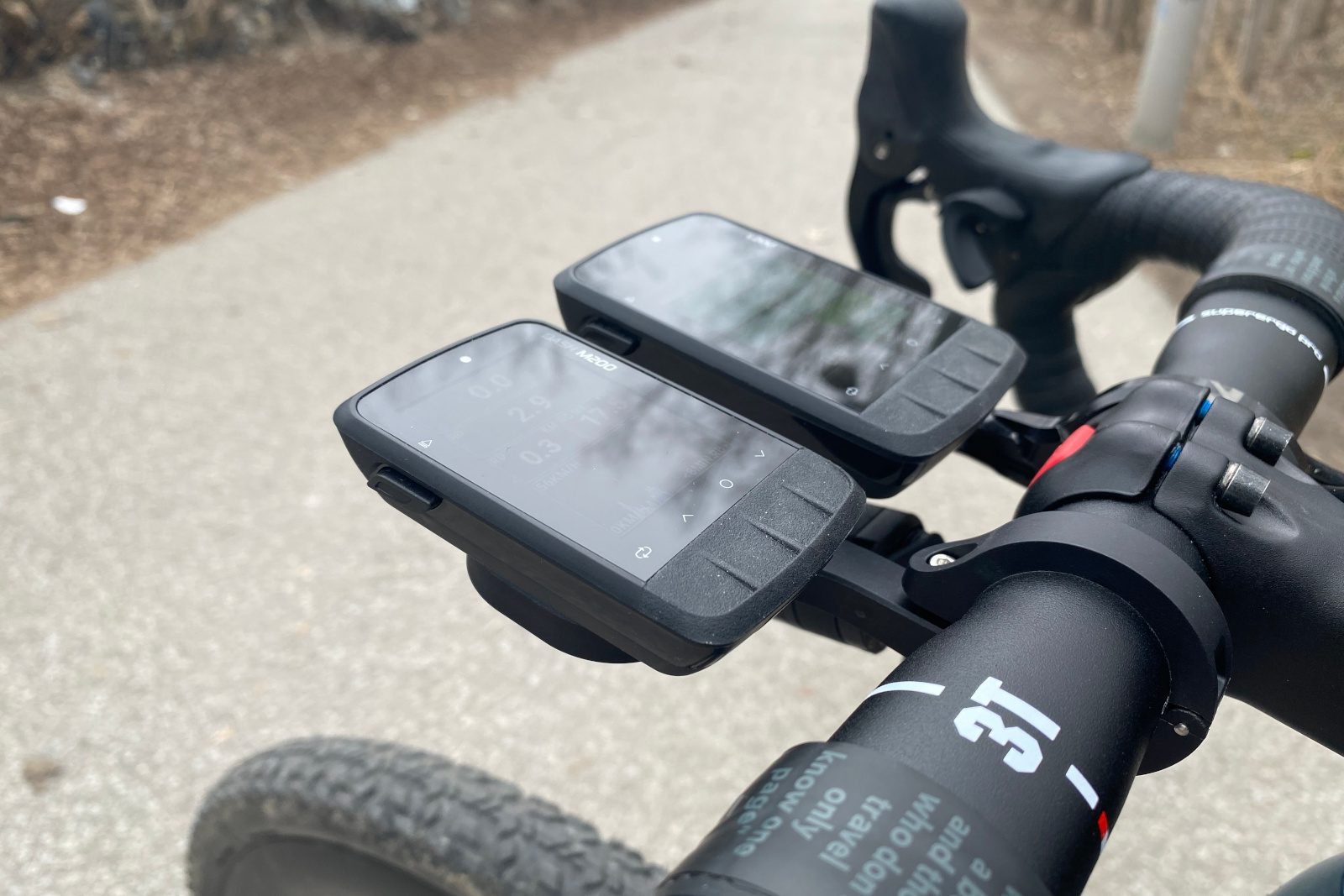
Connecting
Connecting a heart rate monitor, power meter, smart trainer and even a Garmin rear radar is a breeze with the Dashes. For the heart rate monitor and power meters, you can choose between ANT+ and Bluetooth. If you want, you can create different profiles in the app, which not only allow you to select the data you want to see for a particular ride or bike, but you can also assign certain sensors to specific profiles. You can make a sensor, say your one heart rate monitor, available to all profiles by default.
The Dashes let you rename a sensor, which is a nice function if you have multiple power meters and have trouble keeping track of their ANT+ numbers.
All the screens
The Dashes come ready to present you with lots of data in all sorts of formats. I recommend using the automatic profile, the default profile, when you first get a Dash. This setting will curate your screens depending on what sensors you have running. It’s a lot, but selection stops well short of overwhelming. Once you get a sense of what the computer can do, then you should hone our screen selection.
I am a fan of the colour coding for your heart rate and power zones. It’s a smart use of a colour display. When you have a lot of numbers and you’re riding in an event, it can be hard to remember the exact parameters of your zones. At least, I find myself thinking, is 150 b.p.m. tempo or threshold? With a Dash, I can see that my power or HR is yellow, or tempo, and I can keep it all yellow if that’s the effort I’m after.
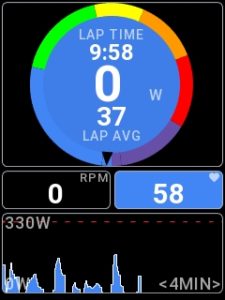
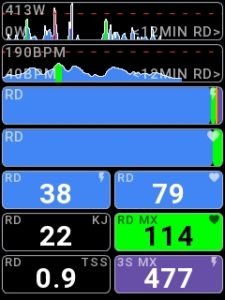
Navigation
For me, the larger L200 is better for my weak, old eyes for navigation than the M200. The actual map is clear and easy to read. I also like the zoom and pan functions, which are simple and quick to punch in.
If you’ve loaded a course, the Dash presents the course’s length and elevation graphically at the bottom of the map. Your location, by default, appears below the halfway part of the screen. I feel this location marker butts up too closely to the course profile at the bottom, both in portrait or landscape mode. This setup appears to be more of an issue for short courses, which will exaggerate the small changes in elevation. I should probably be going on longer rides.
If you use Strava or Stages Link to design your courses, you can connect to those apps, and then transfer routes to a Dash. I use Garmin Connect for my routes, and that app doesn’t have full support on the Dashes. (Stages, no doubt, would prefer you dwell in its ecosystem.) My workaround: export a route out of Garmin Connect to my laptop, upload it to Stages Link, then transfer it to a Dash. Whew. (I could have also simply transferred the .fit or .gpx file via USB.) Not elegant, however, I found it made for more consistent route transfers than with routes I’d made in Stages Link.
The maps display points of interest, such as bike shops, cafés, pubs and gas stations. I’m guessing gas stations are there for the snacks. (Jerky!) Oddly, the L200 displays as gas station near my place, while the M200 doesn’t. Which is right? Well, the gas station was torn down months ago.
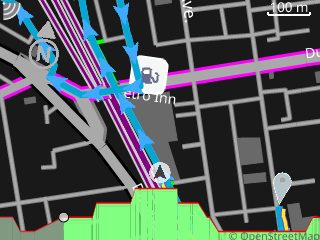
Overall impressions of the Giant Dash L200 and the Giant Dash M200
I think Giant’s new bike computers are strong new contenders within the head unit segment. Their physical design and interface is top-notch. I feel the Dashes could be better when it comes to transferring data wirelessly between apps and the units themselves. A few of my rides didn’t to want to move from the L200 to the cloud. I got around that with a USB connection to my laptop and an upload.
The Dashes have very good battery life, especially with the clear full-colour displays. I really like the way they present data and allow for a high-degree of customization. If you are the kind of rider who likes to take frequent stock of your data, there are few computers that are nicer to look at than the Giant Dash L200 ($440) and the Giant Dash M200 ($380).
